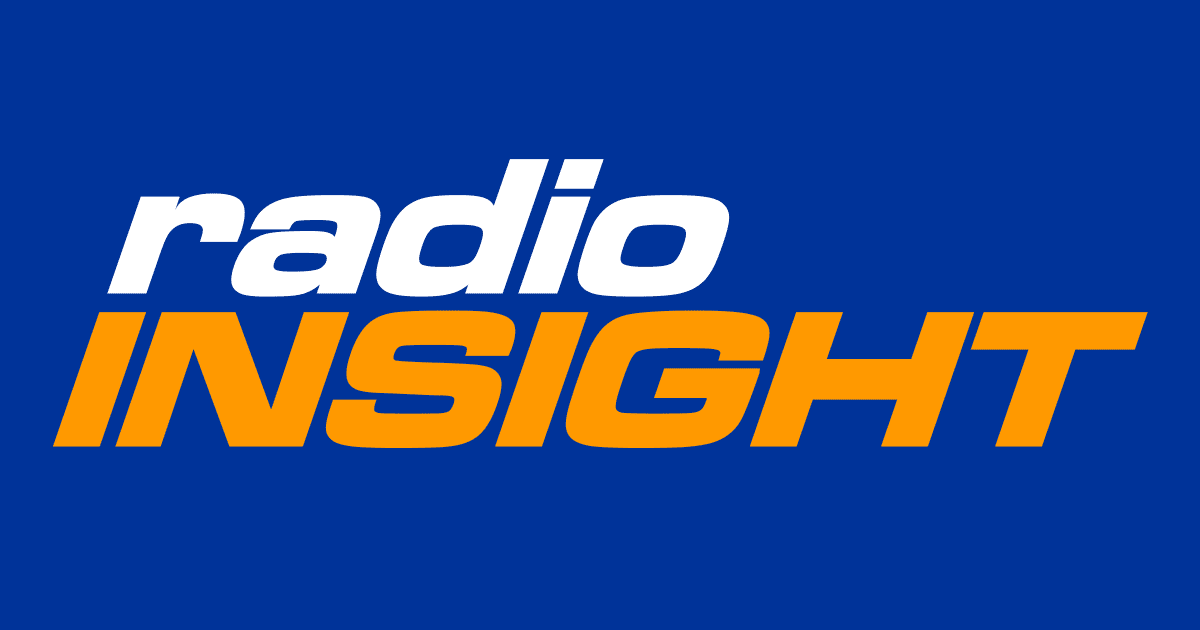Covering the survey period from Thu. 6/22/2023 thru Wed. 7/19/2023, age 6+ overall:

 radioinsight.com
or Radio Industry News, Radio Show Prep, Radio Promotions, Radio Station Data, Podcast News
radioinsight.com
or Radio Industry News, Radio Show Prep, Radio Promotions, Radio Station Data, Podcast News
Top 5+ demo rankings analysis will become available via AllAccess.com on Wed. 8/9/2023.

Minneapolis/St. Paul - RadioInsight
Nielsen Audio PPM Monthly Ratings Minneapolis/St. Paul (Market #15) Population: 3,105,700 Black: 325,700 – Hispanic: 185,700 Average Quarter Hour Share for Persons 6+, Mon-Sun 6AM-Mid All ratings are Copyright © 2005-2022 The Nielsen Company. All rights reserved. Nielsen radio audience...
 radioinsight.com
radioinsight.com
Top 5+ demo rankings analysis will become available via AllAccess.com on Wed. 8/9/2023.



